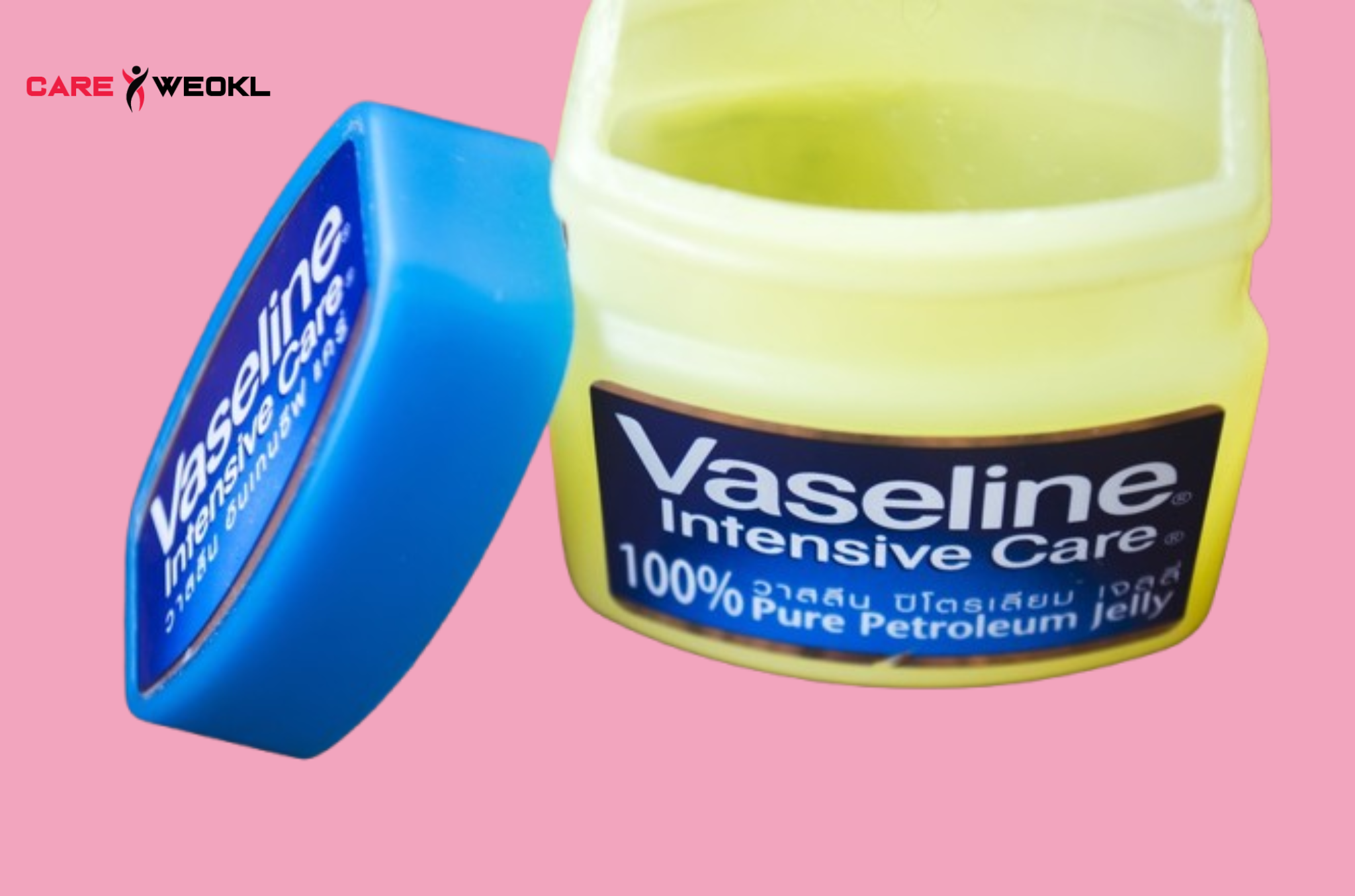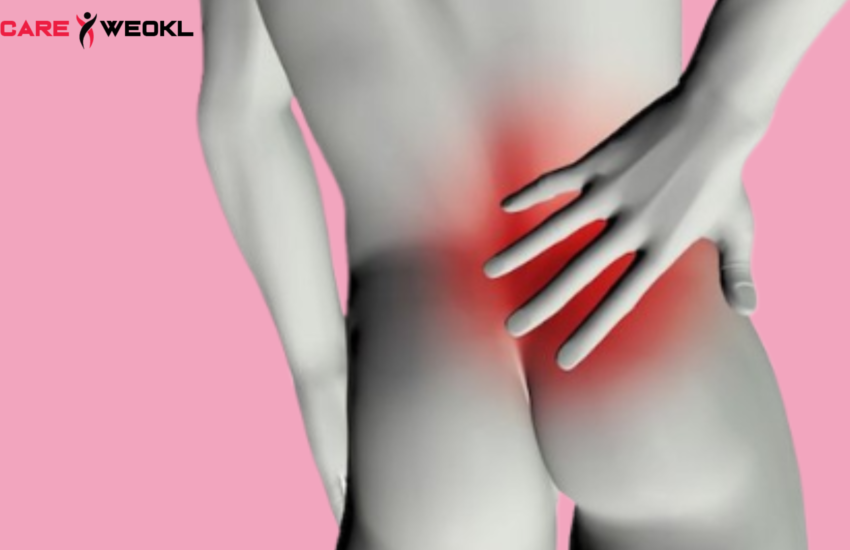This Vaseline Trick May Help You Remove Unwanted Hair
Hair removal methods are often expensive, painful, and time-consuming. While traditional methods like shaving, waxing, and threading are popular, many people are turning to natural or home remedies to treat unwanted hair. One such method that is gaining attention involves the use of petroleum jelly (Vaseline). While it’s not a magic bullet, petroleum jelly, when used correctly, can help soften and remove hair. In this article, we’ll explore how petroleum jelly can help with hair removal, along with practical tips, precautions, and alternatives.
How Does Petroleum Jelly Help with Hair Removal?
Vaseline is known for its moisturizing properties and ability to create a barrier to lock in moisture. When it comes to hair removal, it’s believed that the thick consistency of petroleum jelly can soften the hair and skin, which can make it easier to remove hair, especially fine or short hair. Here’s how to use petroleum jelly with other natural ingredients for effective hair removal:
- Petroleum Jelly and Sugar Scrub
Why it works: Sugar acts as a natural exfoliant, while petroleum jelly helps soften the hair and moisturize the skin. Sugar also helps lift hair follicles from the skin.
How to use:
Mix equal parts petroleum jelly and sugar (about a tablespoon of each) to form a paste.
Gently massage the mixture into areas with unwanted hair, focusing on areas like the upper lip, legs, or arms.
Leave it on for 10-15 minutes, then gently wipe it off with a damp cloth. The sugar will exfoliate the skin and help remove some of the hair along with the dead skin cells.
Repeat this process several times a week for gradual improvement.
Warning: This method works best for fine hair. It’s not ideal for coarse hair and may not be effective for permanent removal.
- Petroleum jelly and baking soda
Why it works: Baking soda is slightly abrasive, which helps exfoliate the skin and remove dead skin cells. When combined with petroleum jelly, it can create a mixture that may loosen the hair and make it easier to wipe away.
How to use:
Mix a tablespoon of petroleum jelly with a tablespoon of baking soda.
Apply the mixture to the areas with unwanted hair and massage in a circular motion for 5-10 minutes.
After massaging, wipe it off with a damp cloth.
This method can be repeated 2-3 times a week, depending on skin sensitivity.
Caution: Always do a patch test before using this on your entire body to avoid irritation, especially for those with sensitive skin.
- Vaseline and Turmeric Paste
Why it works: Turmeric has been used in skincare for centuries and is known for its ability to reduce hair growth and lighten skin. When combined with Vaseline, turmeric can help relax hair follicles while lightening skin.
How to use:
Mix a small amount of turmeric powder with Vaseline to form a thick paste.
Apply to the affected area and leave it for 20-30 minutes.
Gently rub the paste off using a cloth or sponge, and rinse the area with warm water.
Caution: Turmeric can stain the skin, so be careful when applying it. The yellow color usually fades after a few washes but can be difficult to remove right away.
Why Use Vaseline for Hair Removal?
While there are many hair removal methods available, Vaseline has gained popularity as a cheap and easy alternative for those who prefer natural solutions. Here’s why people might consider using Vaseline:
Inexpensive: Vaseline is widely available and inexpensive compared to salon treatments or store-bought hair removal products.
Soothing: Vaseline helps moisturize the skin, leaving it soft after the hair removal process.
Less Painful: Compared to waxing or threading, Vaseline is a gentler and less painful option for those with sensitive skin.
Precautions to Keep in Mind
Not a Permanent Solution: Vaseline may help remove hair temporarily, but it doesn’t provide long-lasting results like waxing or laser hair removal.
Possible Skin Irritation: Always do a patch test before using Vaseline on a larger area to make sure there is no allergic reaction or irritation.
Be careful in sensitive areas: Avoid using Vaseline on areas like your bikini line or underarms, where the skin is thinner and more sensitive.
Avoid sun exposure: If you use Vaseline on your skin, avoid direct sun exposure for a few hours, as the oils can attract dirt or debris.
Alternative Natural Hair Removal Methods
If Vaseline doesn’t work for you, or if you’re looking for alternatives, here are some other natural methods to consider:
Sugar Waxing: A homemade sugar wax made from sugar, lemon, and water can be an effective way to remove hair naturally.
Turmeric and Chickpea Flour: A paste made from turmeric and chickpea flour is often used in traditional cultures to reduce hair growth over time.
Aloe Vera and Papaya: Aloe Vera can soothe the skin, and papaya contains an enzyme that may help break down hair follicles over time.
Conclusion
While Vaseline may provide a temporary solution to removing unwanted hair, it’s important to keep your expectations realistic. This method may work well for fine hair



